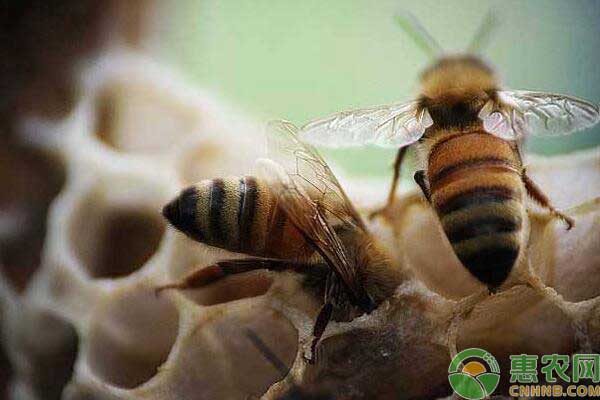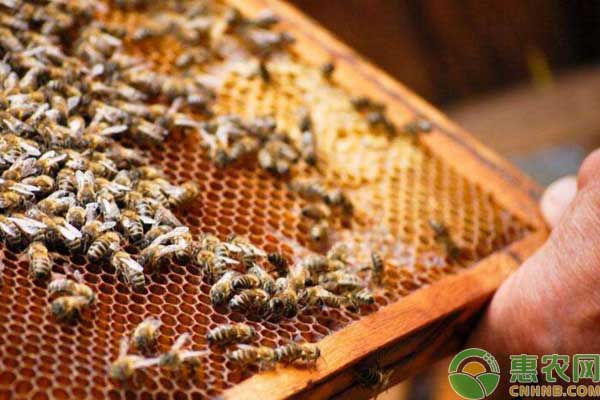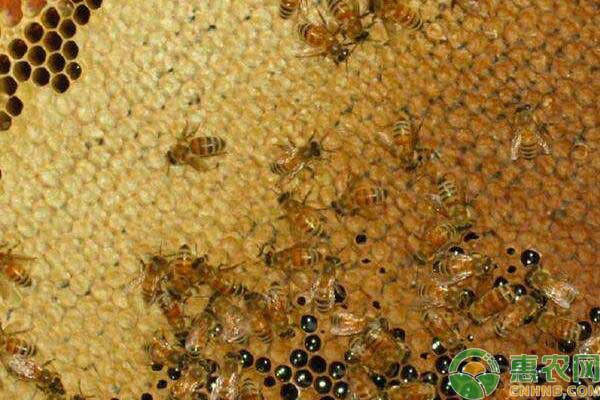The beekeeper's favorite is to take honey, but if you want to make honey bees, you can't do without bee farming technology. The honey spleen is important in the winter bee colony, the summer bee colony, and the food and food in the bee colony. The beekeeper knows that today we will talk about the honey spleen and keep the normal nesting child temperature for the bee colony. It is safe. The principle of insulation that occurs during wintering, only by understanding the principles of its existence, will allow us to better breed bees.

Honey spleen "insulation "and " tempering "the difference
Usually, during the winter and spring, the beekeeper always has to check the temperature inside and outside the hive. After that, take self-recommended insulation measures. For example, some insulation is packed in the nest, and the outside of the box is covered with a thick insulation. In fact, even the best man-made insulation is better than the full-shell spleen. The heat preservation effect of the whole honey spleen is equivalent to the heat preservation frame, but its thermal insulation effect is better than the cotton insulation of the same thickness if it is purely from the physical "insulation" performance. In this sense, the effect of adding a heat-insulating frame for heat preservation is far better than adding a full-capped honey spleen.
However, "insulation" and "tempering" are two different physical concepts. This article wants to describe the deeper "tempering effect of honey spleen in the hive". Simply put, the bees build a complete "tempering system" in the hive with a certain quality of honey spleen . It is simpler, more energy efficient, more environmentally friendly and more efficient than human-created heating and air conditioning.
Principle of temperature regulation of honey spleen
It has been determined that the honey bee consumes only 0.3 mg per hour at 14 ° C. When the temperature drops to 11 ° C, the amount of honey consumed increases to 11 mg. The temperature in the nest decreases further. The amount of honey increases further and the temperature drops. When the temperature is below 8 degrees, the bees will freeze and die. This is the case in the wintering hive, and the reason for the summer time is similar. When the temperature in the nest is at the normal breeding temperature, the amount of honey consumed per worker bee is 0.7 mg per hour. When the temperature rises to 38 °C, the amount of honey consumed per worker bee will increase to more than 1.4 mg per hour.
If there is a quantity of honey stored in the nest, these honeys will absorb the heat of the sun during the day, heat up and absorb the heat, keep the temperature of the nest at a certain temperature, and at the end will release the heat from the honey to keep a certain temperature inside the nest. This tempering process uses solar energy so that it does not consume stored honey.

This kind of temperature regulation is very important and beneficial for bees. It is to make full use of the temperature rise or morphological change of the honey spleen. It can maintain the proper temperature inside the nest without labor and cost. It is the most effective and energy-saving. a method. Therefore, the amount of honey stored in the wintering nest can not only consider the problem that the bee is not enough to eat in winter, but also need to consider that the bee is warm enough to have a constant amount of honey.
In the hive of the natural wild ecology, the bees have prepared enough honey for their winter. It is unknown that the bee colonies raised by the truth are different. They did not shake a large number of bees in the autumn, and then fed the sugar according to the amount of rations required by the bees to winter. This is the deficiency of modern beekeeping. Seeing honey is the habit of modern beekeeping!

We should promote people to live in harmony with bees and not to treat bees by plunder. Be sure to be kind to bees, it is necessary to have enough storage honey in the nest. In this way, it is actually good for both bees and people. Leave the autumn honey to the beginning of the spring after the winter, when the new honey enters the nest to take over, then take out the very mature cover honey, can greatly improve the quality of honey, and change the current quality of honey in China is also a favorable move.
The above is the principle of temperature regulation of honey and spleen in the honeybee breeding technology compiled by Huinong. It is known that the change of temperature will increase the consumption of honey by honeybees. Therefore, in the management center of daily bee colony, try to achieve reasonable insulation and cooling. It can effectively reduce the consumption of rations by bees and increase the yield of honey.
Veterinary Drugs: refers to substances (including medicated feed additives) used to prevent, treat, diagnose animal diseases or purposefully regulate animal physiological functions.
Veterinary drugs mainly include: serum products, microecological products, Chinese herbal medicines, proprietary Chinese medicines, chemicals, antibiotics, and topical pesticides, disinfectants, etc.

Veterinary Drugs,Veterinary Medicine,Veterinary Injectable Drugs,Veterinary Pharmaceutical Drugs
XI AN RHINE BIOLOGICAL TECHNOLOGY CO.,LTD , https://www.rhinebiotech.com